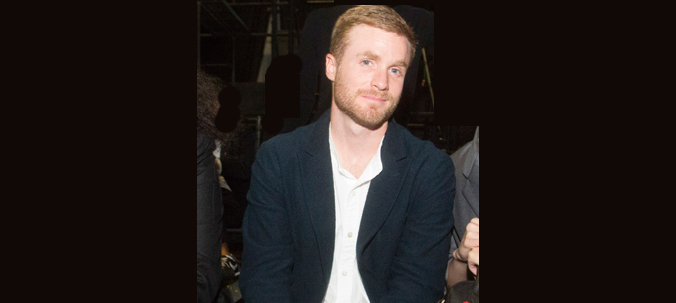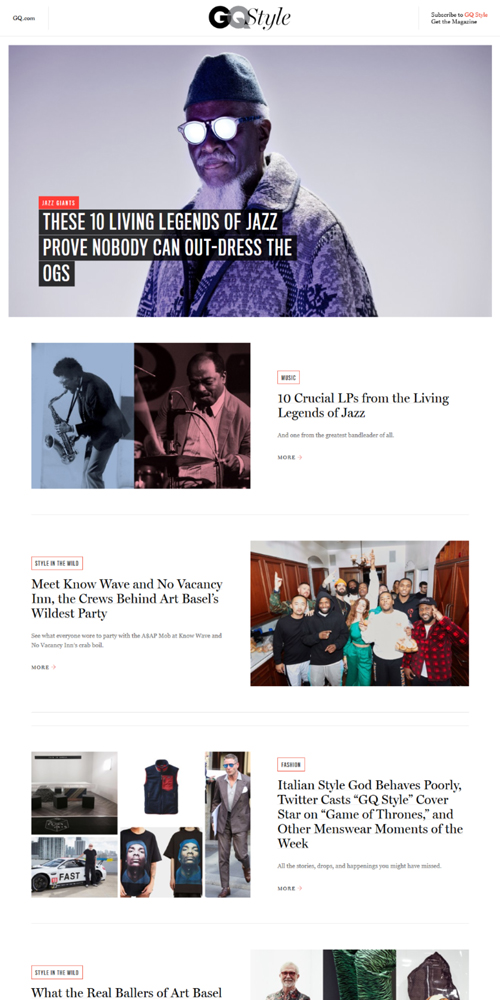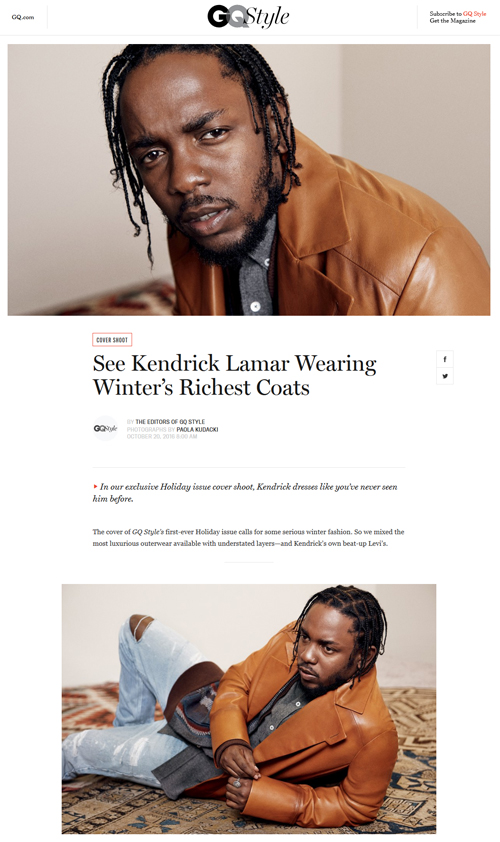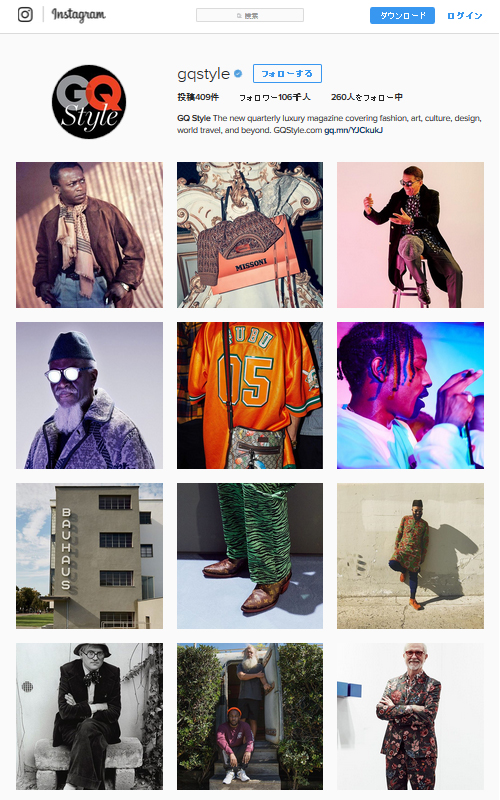Noah Johnson
AmazonFWT 2017 S/S, Overseas guest interview, vol.2
"GQ Style" Senior Editor
[ URL ] http://www.gq.com/gqstyle
During the period of the Amazon Fashion Week TOKYO 2017 S/S, Noah Johnson, senior editor at GQ Style, visited Tokyo by invitation from the Ministry of Economy, Trade and Industry. We’ve asked him about his overall impression of Japanese fashion scene, his views on Japanese brands and Tokyo culture etc.
This is your very first visit to Japan. What’s your general impression on Tokyo fashion and the street ?
I think that Tokyo men’s fashion scene is very unique in the world; it has such a wide variety of styles to meet wide range of consumer needs. I had researched on galleries, shops and designers in Tokyo as well but the energy that I felt here in Tokyo has been very intense.
Do you mean you’ve discovered various consumer needs and product availability here in Tokyo?
Yes. Brooklyn and Manhattan are very diverse in style, but I think Tokyo is even more diverse, I think. For example, here in Japan you see the commitment to the traditional tailor dressing, passion for the street culture and the subculture and so on. People here have such a wide range of interests and it has made Tokyo very diverse and culturally mixed.
Are there any brands or shops that left you a strong impression?
First of all I was very happy to come here and see all the flagship shops of the big Japanese brands like UNDERCOVER, COMME des GARÇONS and visvim. I also visited MOUNTAIN RESEARCH in Nakameguro. It’s the brand I really like but they don’t sell in New York so I was happy to have had a chance to visit the store in Tokyo. I also saw UNUSED, COMOLI, and KAPITAL. KAPITAL is sold in New York as well, but I was happy to see their full lineup here in Tokyo.
All of those Japanese brands you mentioned use very good textiles and have attention to detail. Do you feel the same way?
Yes. KAPITAL is totally inventive and unique, mixing vintage, military and the traditional Japanese fabrics. I love the brand because it’s very cool and unique. I also love UNUSED because it’s very detailed and the silhouette is beautiful and at the same time, it’s very simple. This hat I am wearing today is actually from UNUSED. I bought it here and I love it so much.
How did you like all the fashion shows you’ve seen in Tokyo?
I really liked Umit Benan and BED j.w. FORD. I’ve worked with Umit Benan with GQ Style before, so coming here to see his collection was a really great experience. Speaking of BED j.w. FORD, I saw a lot of designers do drapey clothing, asymmetry layers, rough edges, black style and long belts during this Fashion Week and I think they are the one that presented all of that style in the best way.
Compared to the Fashion Weeks in other cities around the world, what is your general impression of Fashion Week in Tokyo?
I’ve only seen men’s shows but to me Fashion Week in Tokyo seemed quiet and calm. In New York, Milan, Paris and London, all the participating brands are competing with each other, which makes the event exciting. Here most of the brands did show in the same venue, which makes it easier but less interesting in some ways, I like when designers select different venues that go with their clothes. KOCHÉ(KOCHÉ Presented by H BEAUTY&YOUTH) has done its show on Harajuku street outside of Hikarie, and it was quite interesting as a presentation.
Let me ask you about GQ Style. What kinds of contents are popular in GQ Style these days?
The most popular stories are always ones with celebrity or famous people. We recently had an in-depth interview with Kendrick Lamar, the rapper from Compton, LA, asking him about making music, being creative and being an artist etc. In the story, he was wearing high fashion brands like GUCCI, PRADA and TOM FORD. With this kind of crossover story you can reach more audiences because it can attract attentions from different kinds of people. Kendrick Lamar is a musician and he’s not known for his fashion, but we featured him in a way that fits with his personality. That’s one of my favorite articles these days.
So many people use social networking websites these days. What kinds of impacts do you think it has given toward the fashion industry?
I’m not an expert in this but I think it changed your attention span; people read less and look at images more these days. It also changed the way you experience things. For example you see all those people attending fashion shows with their phones in their hands. What they are thinking is the photos they are about to take and how it’s going to look online, on social media. They are not thinking of how the show itself makes them feel, or how the music makes them feel, or what kind of stories the designers are telling. You become first focused on what’s happening inside of your phones and tablets.
GQ Style has a wide range of readers across the globe. What do you think is the magazine’s upmost originality that differentiates the magazine from others?
At GQ Style, we always believe that individual style is more important than a trend or a cultural movement. What I mean by individual style is when people dress, act and create the world that is entirely their own. It could be a high fashion or low fashion, street fashion, or vintage fashion. You can mix all those different factors on your own to develop your own style. Our perspective is that trends are dead; we don’t want to tell our readers what to wear or how to wear something. We want to give our readers the tools to figure that out for themselves.
Do you have some advice for the Japanese fashion brands to go international?
I myself don’t have many chance to talk with Japanese designers. Some of the problems might be about distribution but in order for Japanese designers to go global, first of all they need to have more opportunities to get in people’s hands. I think people around the world love Japanese fashion. So if there is a Japanese brand that we really love, we would like to inform our readers and tell them about it.





